There’s a collection of photos making its way around the Internet which attempts to point out a huge difference between Chinese and Western travelers in airports. Whereas the latter are content to relax or read a good book, the Chinese can’t seem to take their eyes off their electronic gizmos. Haha! Isn’t China wacky, guys?
Honestly, I like a cheap laugh as much as the next guy, but just like how there’s a certain price point you shouldn’t go below when buying underwear, there’s such a thing as a laugh that’s too cheap. When you really stop and take a look at what’s going on in these photos, trying to draw any sort of broad conclusions about the Chinese character from them makes about as much sense as slipping on a pair of burlap boxer shorts.
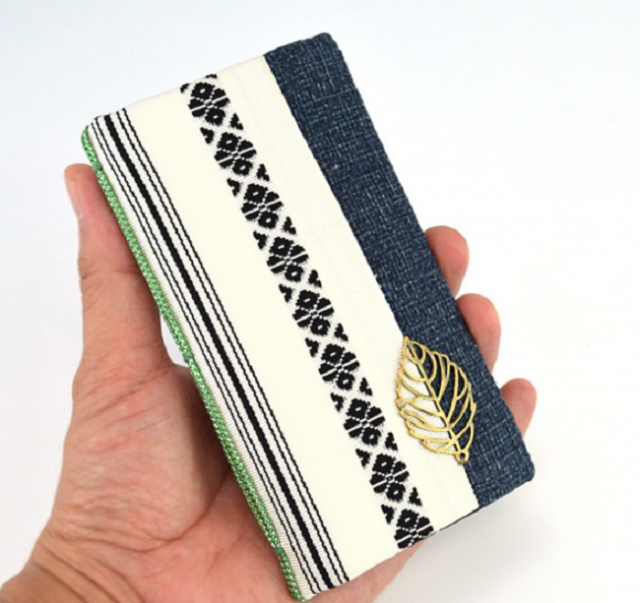
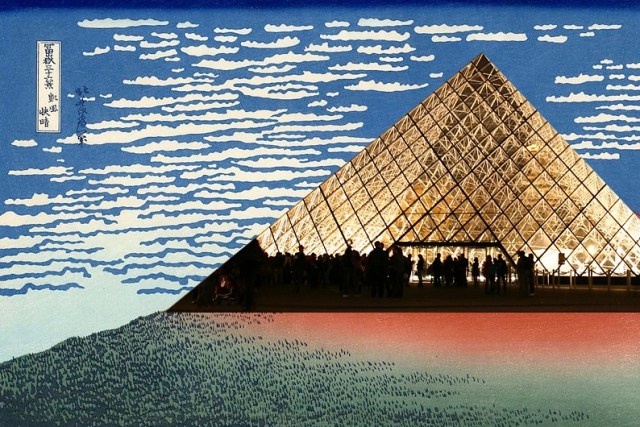

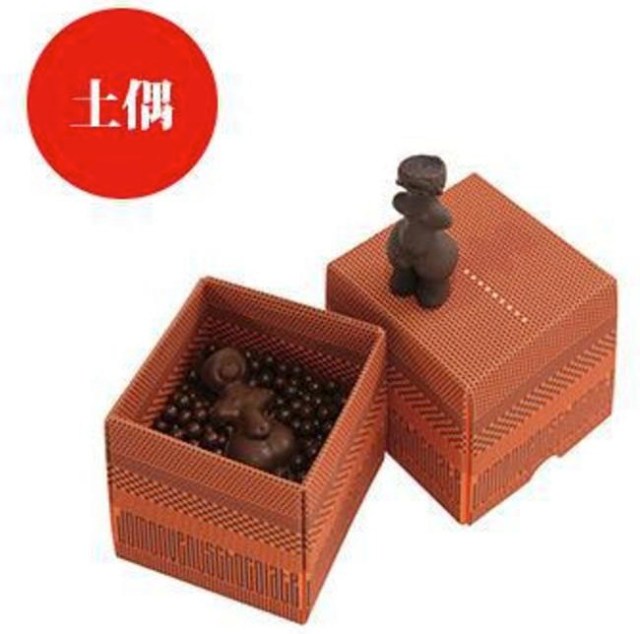
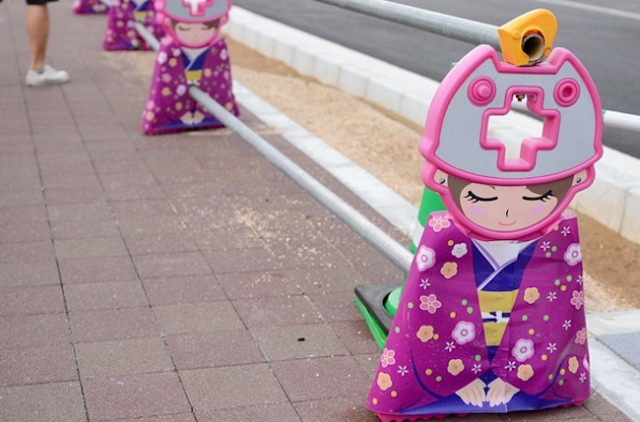
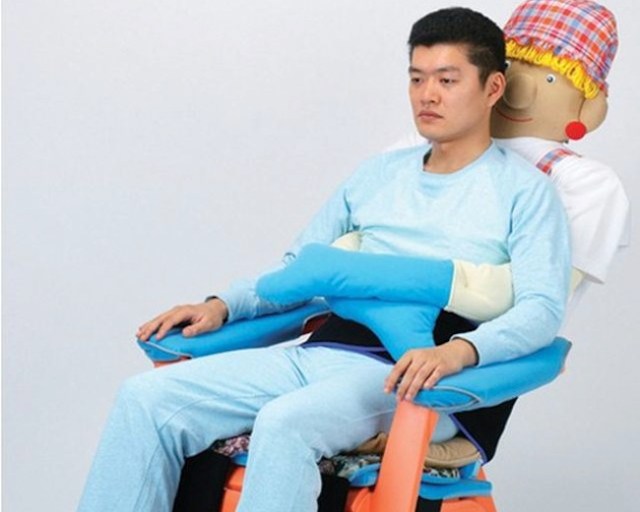

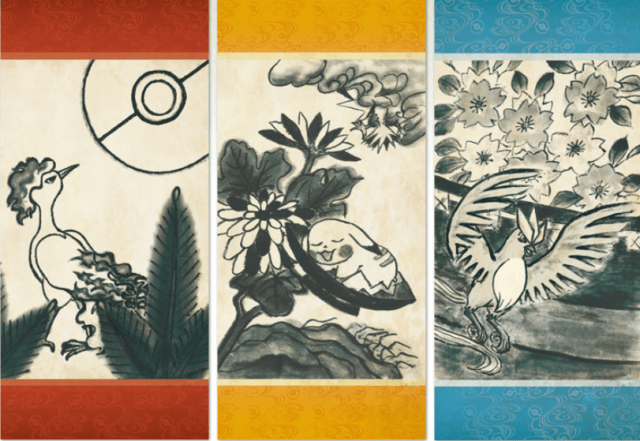
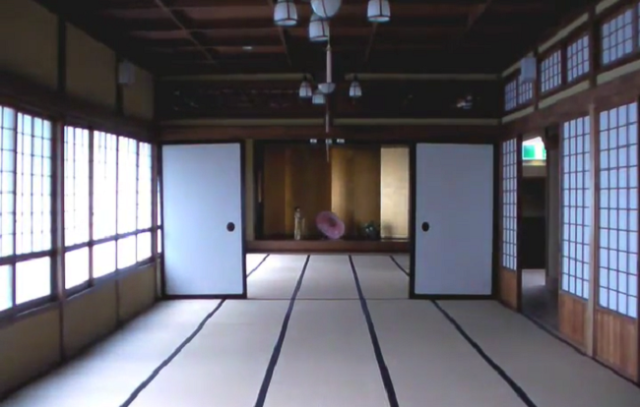
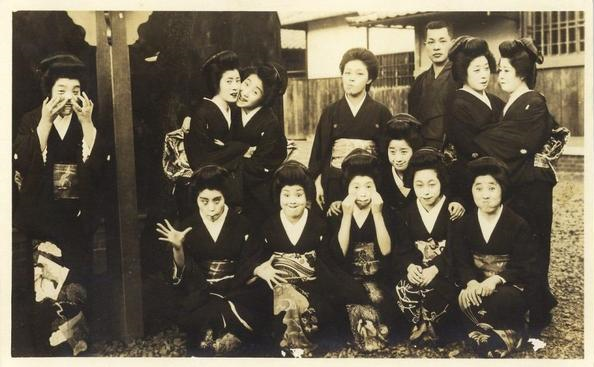
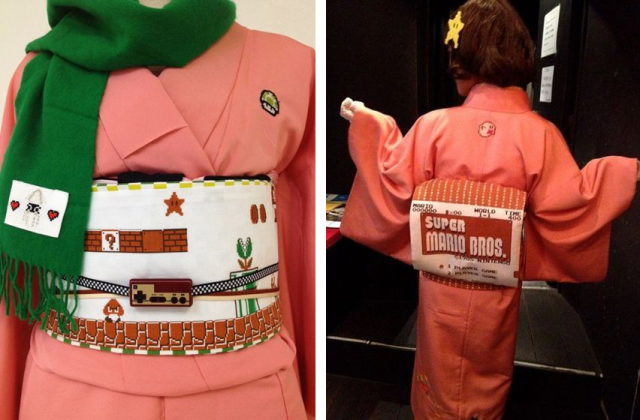
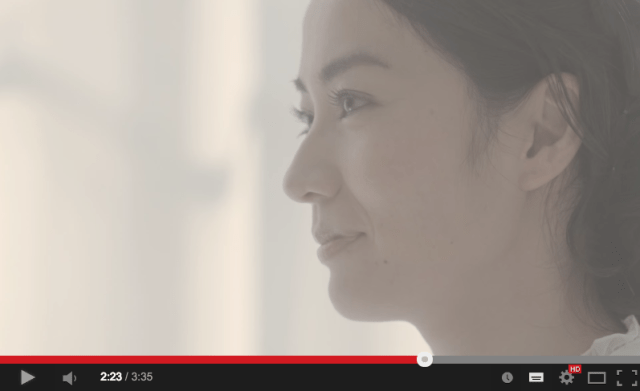
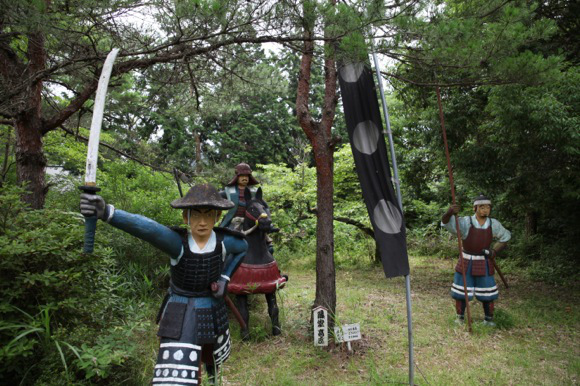
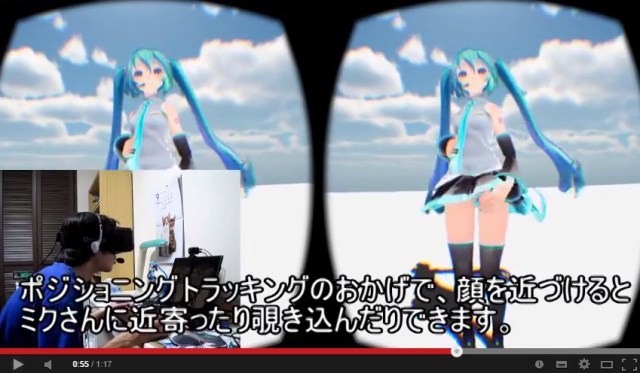
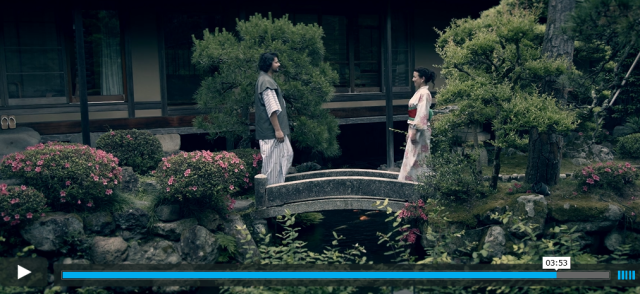
 Mt Fuji convenience store becomes “lawless zone” as tourists hurl abuse at security guards
Mt Fuji convenience store becomes “lawless zone” as tourists hurl abuse at security guards Eight unforgettable hot springs, as recommended by Japan’s “Professor Bath”
Eight unforgettable hot springs, as recommended by Japan’s “Professor Bath” Japan’s workplace drinking party communication is unnecessary, says majority of workers in survey
Japan’s workplace drinking party communication is unnecessary, says majority of workers in survey Late-night cake cafe in Tokyo’s hostess/host bar district will satisfy your confectionary desires
Late-night cake cafe in Tokyo’s hostess/host bar district will satisfy your confectionary desires Travel tip: Fukuoka has a great luggage delivery service that’s cheaper than a coin locker
Travel tip: Fukuoka has a great luggage delivery service that’s cheaper than a coin locker Sazae-san breaks own Guinness World Records again for 55 years on television
Sazae-san breaks own Guinness World Records again for 55 years on television Drinkable Mayo on sale at Japanese convenience stores for mayonnaise fanatics
Drinkable Mayo on sale at Japanese convenience stores for mayonnaise fanatics Dynamic, delicious sashimi searing lesson will show you the true flavor of katsuo tataki【Photos】
Dynamic, delicious sashimi searing lesson will show you the true flavor of katsuo tataki【Photos】 Studio Ghibli releases new range of cardigans for anime fans
Studio Ghibli releases new range of cardigans for anime fans The Japan Poop Society is making movements to protect people’s health
The Japan Poop Society is making movements to protect people’s health Kyoto Whopper divides customers at Burger King Japan
Kyoto Whopper divides customers at Burger King Japan Japanese burger chain no longer serves onion rings, but offers intriguing replacement【Taste test】
Japanese burger chain no longer serves onion rings, but offers intriguing replacement【Taste test】 Celebrating Good Couple’s Day in Japan…by getting our significant others to dress us
Celebrating Good Couple’s Day in Japan…by getting our significant others to dress us 7-Eleven Japan releases fukubukuro lucky bags filled with convenience store surprises
7-Eleven Japan releases fukubukuro lucky bags filled with convenience store surprises Starbucks Japan reveals new holiday goods for the 2024 festive season
Starbucks Japan reveals new holiday goods for the 2024 festive season Taking the Kyoto overnight bus for the first time
Taking the Kyoto overnight bus for the first time Beautiful Totoro bag returns, still requires jumping through an extra hoop to get, still worth it
Beautiful Totoro bag returns, still requires jumping through an extra hoop to get, still worth it Berserk T-shirts coming to Uniqlo for launch of new Manga Curation line【Photos】
Berserk T-shirts coming to Uniqlo for launch of new Manga Curation line【Photos】 Nintendo’s controller capsule toys are so cool, even the machine you buy them from is awesome【Pics】
Nintendo’s controller capsule toys are so cool, even the machine you buy them from is awesome【Pics】 One of Japan’s most beautiful hot spring towns announces new limits on number of day trippers
One of Japan’s most beautiful hot spring towns announces new limits on number of day trippers Ghibli’s Princess Mononoke teams up with Foxfire for outdoor apparel collaboration【Photos】
Ghibli’s Princess Mononoke teams up with Foxfire for outdoor apparel collaboration【Photos】 Ghibli Park debuts first winter illumination display with Howl’s Moving Castle theme
Ghibli Park debuts first winter illumination display with Howl’s Moving Castle theme Sanrio and magical girl anime PreCure join forces for new merch line【Photos】
Sanrio and magical girl anime PreCure join forces for new merch line【Photos】 Pringles releases a limited-edition sweet flavour in Japan
Pringles releases a limited-edition sweet flavour in Japan Japanese job-quitting service contacted by other job-quitting service because employee wants to quit
Japanese job-quitting service contacted by other job-quitting service because employee wants to quit After cancelling Halloween, Tokyo’s Shibuya neighborhood cancels New Year’s Eve too
After cancelling Halloween, Tokyo’s Shibuya neighborhood cancels New Year’s Eve too McDonald’s new Happy Meals offer up cute and practical Sanrio lifestyle goods
McDonald’s new Happy Meals offer up cute and practical Sanrio lifestyle goods Foreign tourists on Shinkansen bullet train break suitcase etiquette, angering local passengers
Foreign tourists on Shinkansen bullet train break suitcase etiquette, angering local passengers [Deleted] Article written for April Fool’s Day 2018
[Deleted] Article written for April Fool’s Day 2018 Japanese government to make first change to romanization spelling rules since the 1950s
Japanese government to make first change to romanization spelling rules since the 1950s Foreigner’s request for help in Tokyo makes us sad for the state of society
Foreigner’s request for help in Tokyo makes us sad for the state of society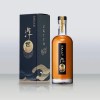 Ghibli founders Toshio Suzuki and Hayao Miyazaki contribute to Japanese whisky Totoro label design
Ghibli founders Toshio Suzuki and Hayao Miyazaki contribute to Japanese whisky Totoro label design Japanese convenience store Family Mart announces abolishment of eat-in spaces
Japanese convenience store Family Mart announces abolishment of eat-in spaces Princesses, fruits, and blacksmiths: Study reveals the 30 most unusual family names in Japan
Princesses, fruits, and blacksmiths: Study reveals the 30 most unusual family names in Japan Life-size vibrating Legend of Zelda Master Sword for sale from Nintendo【Photos】
Life-size vibrating Legend of Zelda Master Sword for sale from Nintendo【Photos】 Studio Ghibli releases free-download board game — Here’s how to play it without reading Japanese
Studio Ghibli releases free-download board game — Here’s how to play it without reading Japanese Sazae-san breaks own Guinness World Records again for 55 years on television
Sazae-san breaks own Guinness World Records again for 55 years on television Drinkable Mayo on sale at Japanese convenience stores for mayonnaise fanatics
Drinkable Mayo on sale at Japanese convenience stores for mayonnaise fanatics Dynamic, delicious sashimi searing lesson will show you the true flavor of katsuo tataki【Photos】
Dynamic, delicious sashimi searing lesson will show you the true flavor of katsuo tataki【Photos】 Studio Ghibli releases new range of cardigans for anime fans
Studio Ghibli releases new range of cardigans for anime fans The Japan Poop Society is making movements to protect people’s health
The Japan Poop Society is making movements to protect people’s health How merry is Starbucks Japan’s new Merry Cream holiday Frappuccino?
How merry is Starbucks Japan’s new Merry Cream holiday Frappuccino? Toyota built a life-sized Miraidon Pokémon and are letting people test drive it this weekend
Toyota built a life-sized Miraidon Pokémon and are letting people test drive it this weekend First-ever live-action Pokémon-themed TV drama on the way with former idol singer starring
First-ever live-action Pokémon-themed TV drama on the way with former idol singer starring Japanese department store rooftop is a secret oasis where you can escape the crowds in Tokyo
Japanese department store rooftop is a secret oasis where you can escape the crowds in Tokyo Fashion for the young at heart! A different take on what it means to get older in Japan
Fashion for the young at heart! A different take on what it means to get older in Japan We try the Jack & Coke canned cocktail to see if it’s any better than mixing one yourself
We try the Jack & Coke canned cocktail to see if it’s any better than mixing one yourself The Secret Slang of Japanese Cabbies
The Secret Slang of Japanese Cabbies Japanese Twitter user stumbles across legendary deep-sea fish, cooks and eats it four different ways
Japanese Twitter user stumbles across legendary deep-sea fish, cooks and eats it four different ways Magical train ride through Japan’s autumn leaves is like travelling to a different world【Video】
Magical train ride through Japan’s autumn leaves is like travelling to a different world【Video】